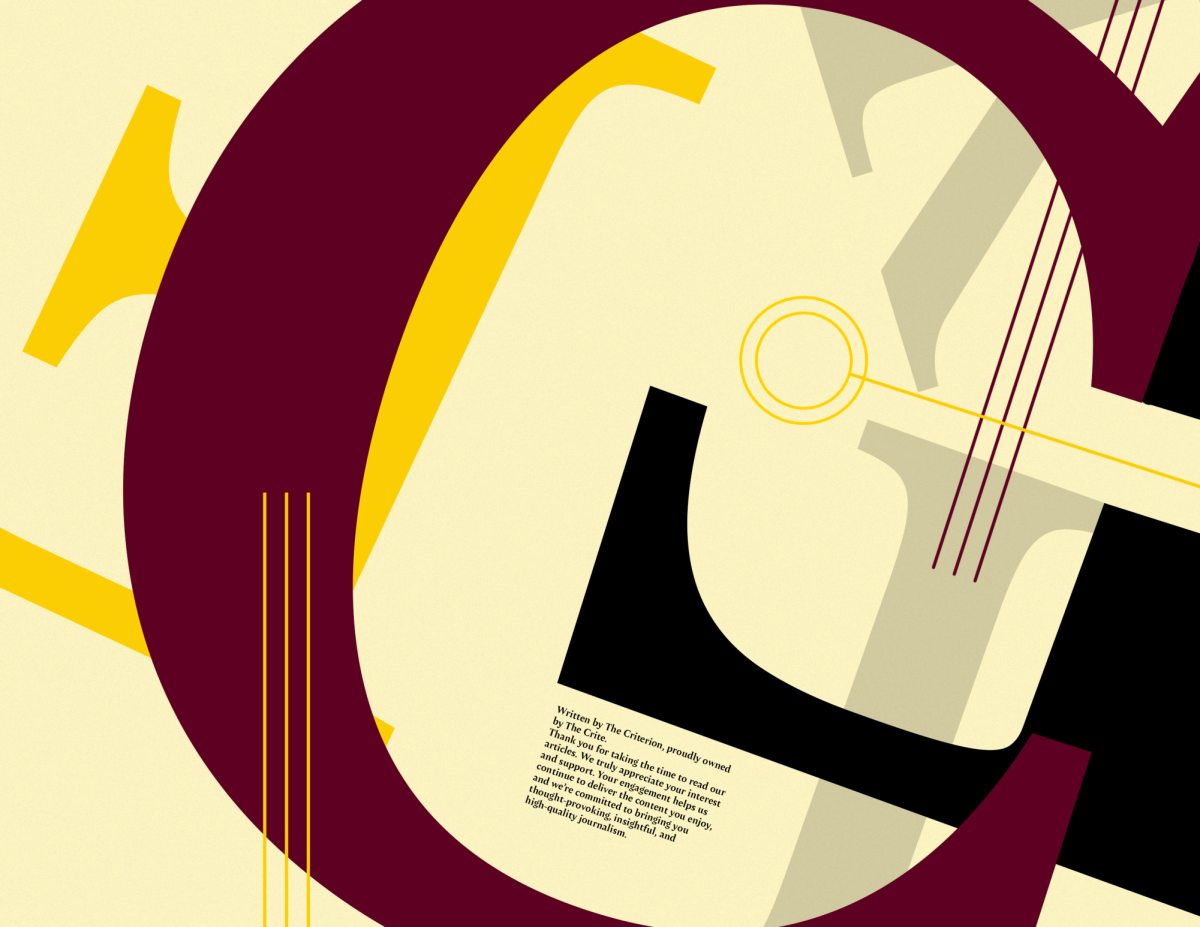The use of Styrofoam products at Colorado Mesa University (CMU) has a serious impact on the environmental sustainability of the Western Slope as well as a variety of health implications for students.
Styrofoam is made of a chemical compound called polystyrene, or styrene. Polystyrene is a plastic that is petroleum-based and it in order to make Styrofoam such a light-weight product, it is combined with air. Due to the amount of air in Styrofoam products, Styrofoam floats easily, maintains its foam and ships well.
The convenience and price of Styrofoam products attracts many people and businesses to use the products. Although Styrofoam is extremely cheap as compared to alternative containers, the cost of single-use Styrofoam products adds up to around $7 billion each year when considering the costs of clean up and environmental harm.
Styrofoam has a number of impacts on the environment and is a large producer of waste. It does not break down and it takes an estimated 500 years for Styrofoam products to completely degrade. Styrofoam is also extremely limited when it comes to recycling, so most people throw Styrofoam products in the trash where the products are taken to landfills and then add to environmental waste.
It is possible for Styrofoam to be burned at extremely high temperatures but during this process, a number of pollutants are released into the air, like carbon monoxide. When exposed to the sun, Styrofoam also emits harmful pollutants which can get into landfills and harm the environment. This is concerning because styrene and other toxins are also released into the Styrofoam containers and to-go cups and then into food and drink items when heated.
“Styrofoam, while a cheap and easy way to package food on the go, is easy on neither your body or the environment. Multiple studies have found that Styrene, a potential carcinogen, can leak from Styrofoam materials when it is exposed to heat (food for example),” Ian Thomas, Vice President of the CMU Sustainability Council said, “Styrofoam containers should never contain hot food, and should never be microwaved!”
The negative impact that Styrofoam has on the environment is enormous. Not only do the chemicals in Styrofoam products pollute the air and seep into the land, but since Styrofoam can easily break into small pieces, those pieces end up around campus, in the grass and in water ways, like the Colorado River. It is also common for animals to eat these pieces of Styrofoam which can cause digestive problems that lead to starvation and death.
“We have all seen the remnants of a late-night meal scattered on campus. Crushed Styrofoam, with a few forlorn fries inside, all too often falls to the custodians who (thankfully) clean up after us. Styrofoam is also a very lightweight material, with a high tendency to break into small pieces and blow into waterways (our very own Colorado River) or get eaten by animals confusing it for food,” Thomas said.
Along with the various environmental problems caused by Styrofoam, Styrofoam is unhealthy for those that use it. Styrene, the chemical in Styrofoam, has numerous health effects like skin and eye irritation, respiratory and gastrointestinal issues and nervous system problems from chronic exposure like headaches, fatigue and weakness, as well as some minor effects on kidneys and blood.
Due to the health and environmental impacts of Styrofoam, countries and cities like California, Seattle, Washington, Manila, Toronto, Paris, Portland and Taiwan have banned the commercial use of Styrofoam.
“Styrofoam not only compromises the health of CMU students, but also the aesthetics of our campus and the environmental health of beautiful Western Colorado. Sustainability Council, in partnership with Sodexo, is currently offering reusable to go boxes for only $2 a year! This program is good for students, good for our environment, and good for CMU. Any interested students can learn more at the front desk of The Caf,” Thomas explained.








